Samsung Galaxy S8 vs OnePlus 3T
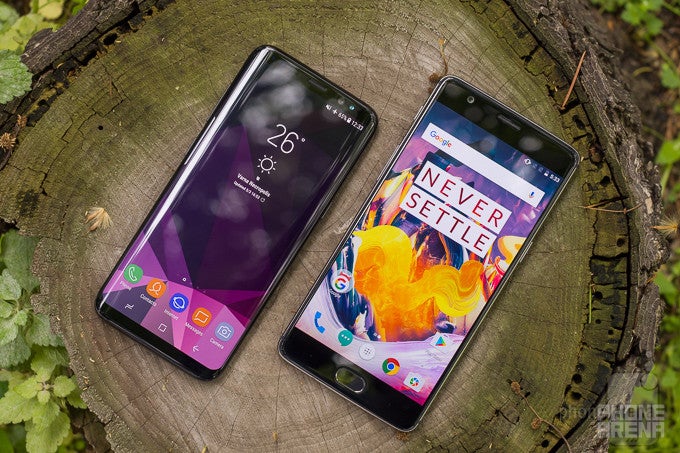
Introduction
The OnePlus 3T is one of the most loved phones of 2016: a $440 phone with top level specifications, it has it all from the good design to camera performance, battery life and smooth user experience. It’s a great-value-for-the-money device. But can it match the new bully on the block, the styled-up, futuristic ‘infinity display’ toting Samsung Galaxy S8?
Contrary to expectations, the OnePlus 3T with its 5.5-inch screen is actually a much bigger phone than the 5.8-inch Galaxy S8. The S8 is taller, prettier and has water-protection as well. It’s also packed to the gills with new features: new and more powerful Snapdragon 835, improved cameras with new Snapchat-like effects, new Bixby assistant and more.
Often, though, such features turn out to be nothing more than gimmicks. So that’s why we look at the whole picture, new features and core aspects of a phone: which one performs better in the daily grind? Which one has the better battery life? This and more, you will find answered right below.
Design
The OnePlus is designed well and has solid metal construction, but it’s bigger and much less comfortable to use with one hand. The S8, however, is even sleeker, more stylish and has water protection.
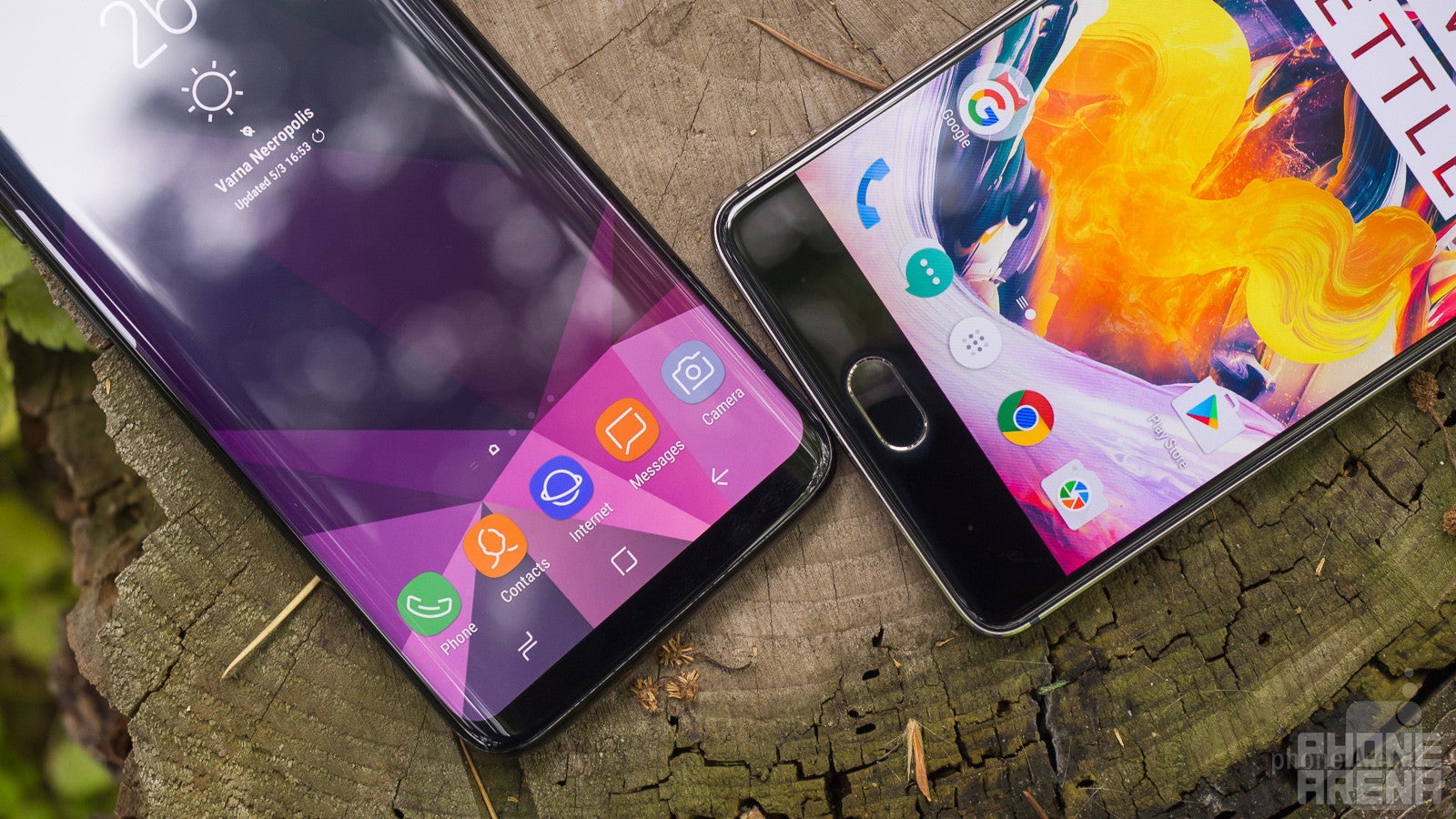
The OnePlus 3T is an aluminum phone with a solid construction that oozes a feeling of premium, expensive design. The phone has a slight curve to its back, that makes it fit in the hand a bit better, but it’s also undeniably big. It’s not quite iPhone Plus big, but it’s definitely wide enough to make it uncomfortable for one hand use. Add to that the fact that the OnePlus is slippery, and it is so much easier to drop this phone; and we all know the terrible consequences this might have.
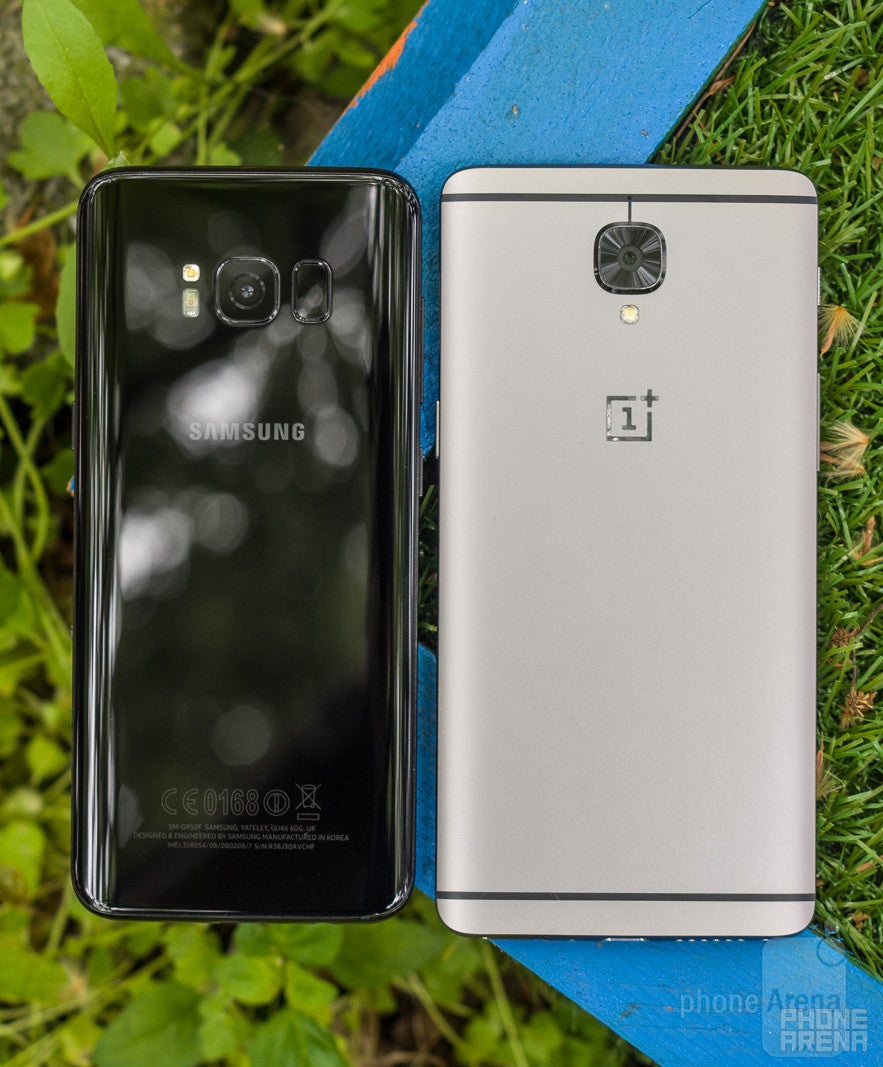
The S8 also has one important advantage over the OnePlus: it’s water-proof, with an IP68 rating, which means that it can remain under 1.5 meters (about 5 feet) of water for up to 30 minutes.
Weirdly, all of that great design effort from Samsung is spoiled by what has likely been a last-minute decision: a finger reader weirdly placed on the back of the phone, but not at the center where your finger naturally rests, but instead confusingly close to the rear camera. The Galaxy S8 also comes with face recognition, which we tested and found to be rather slow and requiring you to place your phone weirdly close to your head. It also has an iris scanner, which works better than face recognition, but it’s not as convenient as finger scanning as sometimes you just need to unlock your phone without staring at it. The OnePlus does not have these newer secure unlock methods, but has a fast and much more comfortably placed finger scanner on the front of the device, and this is enough to give it advantage.
Display
The S8 ‘infinity display’ is the future: a bezel-less screen that is bright, sharp and with great color. The OnePlus is not bad, but you can tell it’s from 2016.
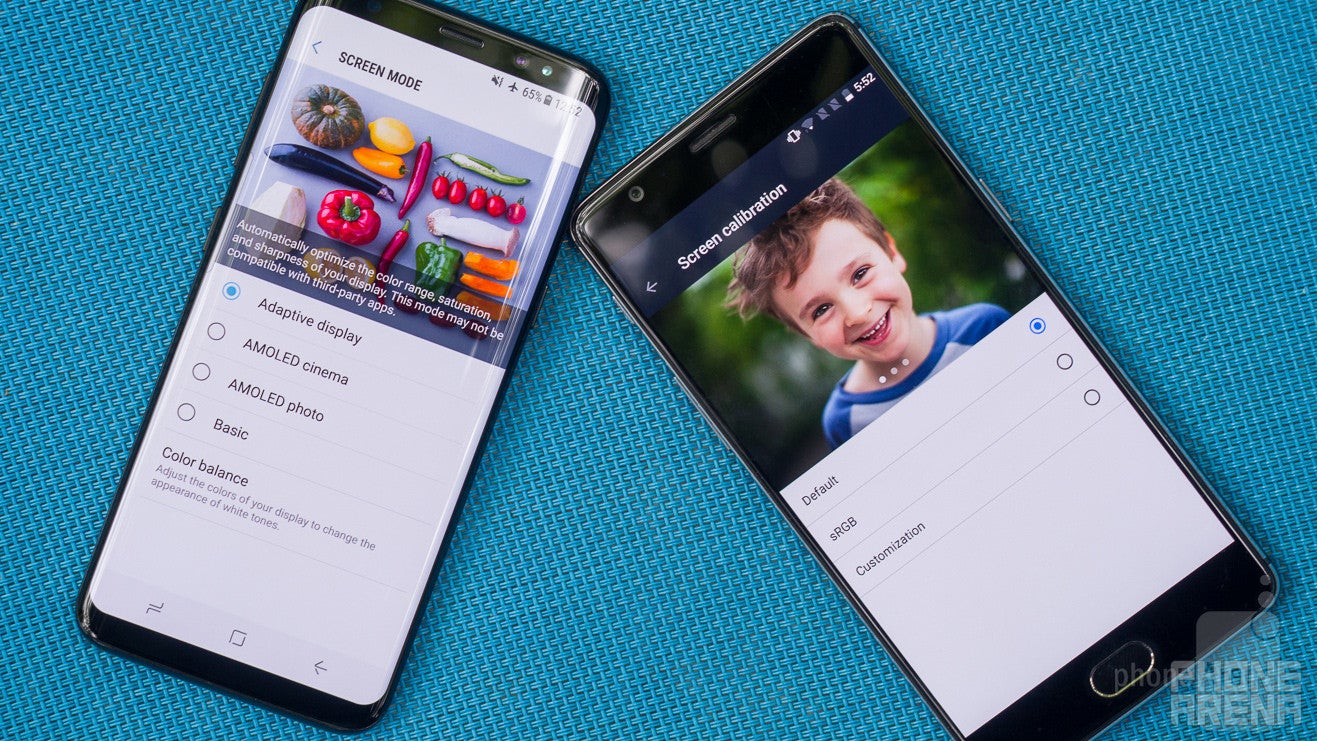
We have a 5.8-inch display on the S8, but it is taller and has a different aspect ratio than the current 16:9 standard. This means that you cannot and should not directly compare the diagonal (5.8” on the S8 vs 5.5” on the OnePlus 3T).
In fact, it’s immediately obvious that the OnePlus 3T is a much wider phone than the Galaxy S8. Let us do the important calculations for you, here is how the two screens compare in realistic terms:
The Galaxy S8 screen has 2.4% more area than the OnePlus 3T display
The Galaxy S8 screen is 8.8% taller than the OnePlus 3T display
The Galaxy S8 screen is 5.9% narrower than the OnePlus 3T display
In practical terms, let us point out once again just how much more comfortable it is to use the narrower display on the S8: it’s easier to grip the phone and operate it, and it’s less likely to drop it.
All but the cheapest phones these days are sharp enough for sharpness to not be an issue for the regular user. Geeks, however, would be happy to know that the S8 supports a higher, Quad HD+ (1440 x 2960 pixels) resolution than the Full HD (1080 x 1920 pixel) one on the OnePlus. This sharpness is hardly noticeable at all in daily use, and do keep in mind that the S8 actually defaults to a lower, Full HD+ resolution. You need to manually go into Settings > Display, and select the higher resolution. Obviously, Samsung itself thinks that the higher resolution is a bit excessive for most users.
While most screens these days are sharp enough, there is a real and easily seen difference in color. Both phones come with the option to show either more eye-popping colors or more toned down colors, and you get to pick that in Settings > Display (sRGB mode or Basic mode on the S8 is the more toned down option). We measured both screens against a set of industry standards, and both were very well balanced displays right out of the gate. This is important because it means that the displays will show colors the way image and video creators want you to see them. Check out our benchmarks, if you want the deeper dive.
The S8, however, is the much brighter of the two, and this definitely makes a difference, especially outdoors where this makes it much easier to read what’s on the screen. The S8 is also more comfortable to use at night, when it can become dimmer, and features a better executed night color mode.
The S8 display also features the newest Gorilla Glass 5 protective glass for the display, while the OnePlus has Gorilla Glass 4. The newer rugged glass on the S8 is better protected and will withstand drops from higher distance.
Interface and Functionality
A new cleaner and more refined Samsung UI looks well polished and organized, intuitive. The OnePlus offers nice customization options, but does not look as cool.
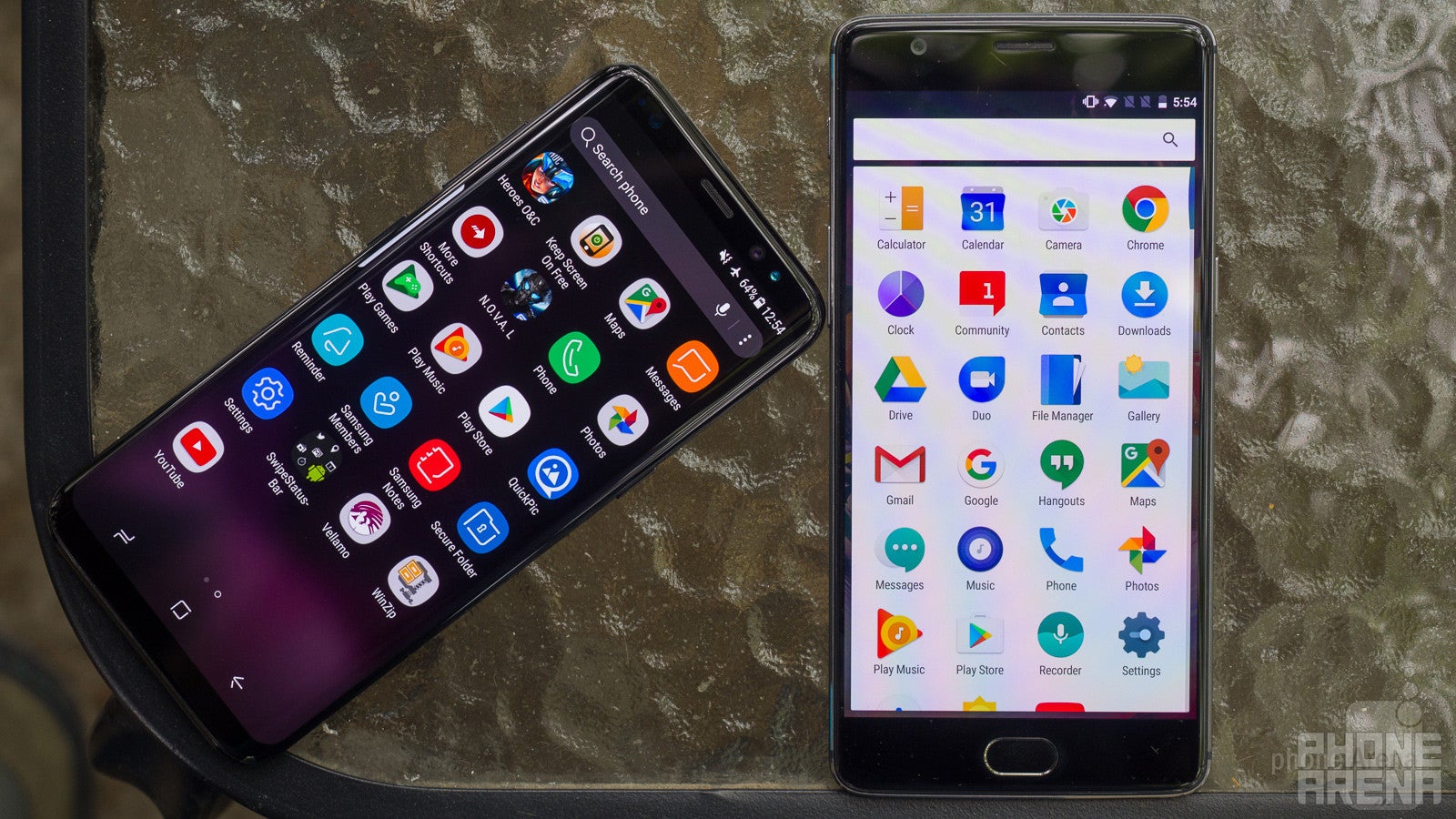
Samsung continues its successful work on making its user experience (some still call it TouchWiz, others refer to it as Grace UI) better and it shows on the S8. The home screen is cleaner, the notification dropdown looks sleek and has all that you need, the settings menu is well arranged. The new swipe gesture to bring the app drawer is quick, and the keyboard experience is one of the finest on a phone.
The OnePlus 3T features a much cleaner interface that is closer to stock Android. It features some neat customization options: you can choose to use virtual navigation buttons, or you can disable them, you can switch the places of the recents and back keys (you can also do this on the S8). We love the shortcuts that OnePlus adds: you can assign a shortcut to long pressing the back key for instance, or another shortcut for double tapping it. This is genuinely useful and helps you be quicker and more productive.
In terms of software updates, Samsung is still not perfect, though. In fact, a small company like OnePlus has been surprisingly quick to bring the Android 7.1 Nougat update to the OnePlus series, while the S8 still runs on 7.0. Neither of these two phones can match the day 1 update cycle on phones like the Google Pixel, though.
If you dive in the more advanced features, both phones have things like split-screen multitasking, but it makes a lot more sense on the taller S8 display. The taller screen also becomes an advantage in some optimized apps, where this kind of bigger information density is a clear advantage.
The extremely fast and smart Google Assistant is available on both phones, and that’s great news. Samsung, however, is preparing something on top of that, a new Bixby assistant, reserved for the Galaxy S8. There is even a dedicated Bixby key on the left of the S8. Unfortunately, the full functionality of Bixby has been delayed and will launch in the near future. Currently, Bixby without the voice part look a lot like colorful Google Now cards. Useful, but not ground-breaking. It also works in the camera by automatically recognizing products and QR codes, and providing shopping links, but that’s hardly the ground-breaking assistant we were expecting.
Processor, Performance and Memory
The Galaxy S8’s 10nm Snapdragon 835 is the fastest chip on Android, but you see stutter here and there. The OnePlus rocks a Snapdragon 821 and also lacks a bit in fluidity.
Samsung is in a unique position among phone makers: it’s the biggest of them all and the most profitable one in the Android world, and this opens some doors. This year, it opened the doors at Qualcomm: the S8 is the first phone to come with Qualcomm’s latest and most powerful Snapdragon 835, a clear competitive advantage. That is the chip that the S8 features in the US, in other parts of the world, Samsung equips it with the similarly powerful Exynos (that one gets slightly better battery stats actually).
The OnePlus, on its part, was released earlier and has the less capable Snapdragon 821 system chip. The 821 is made on 14nm manufacturing technology, while the 835 is made on 10nm tech. This is important because it means the S8 chip is more power efficient.
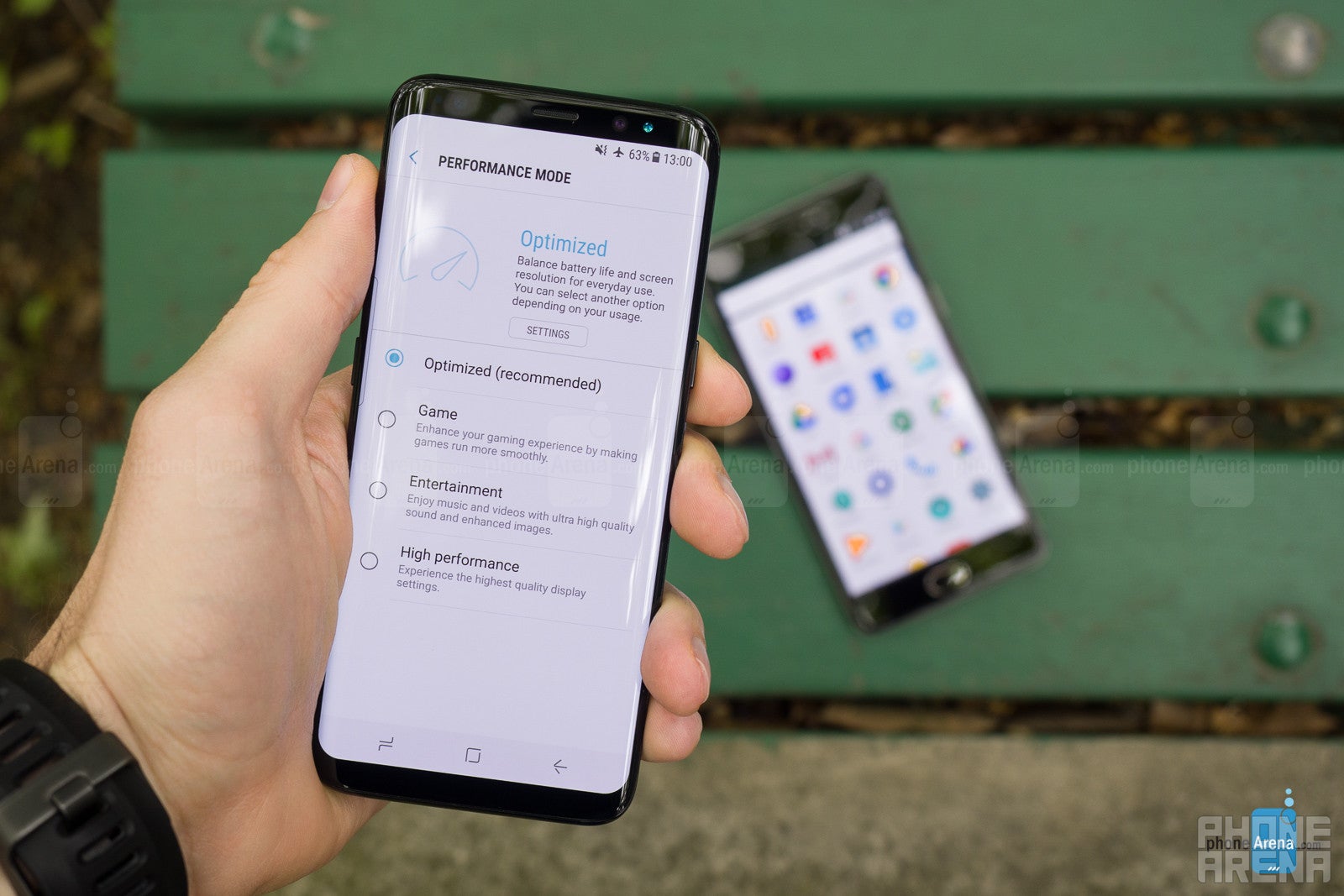
All of this is great, but what we want here is not stats and numbers, but real-life impressions. Unfortunately both phones do not completely live up to the highest of standards here. The S8 is a bit stuttery, while the OnePlus 3T lacks the smooth transition animations in many places, and the effect is that both feel less smooth, less fluid than we would like. Of course, this does not mean that they are bad or slow by any means, but if you compare them to devices like the Google Pixel or the Apple iPhone, they lack those levels of smoothness.
Speaking of performance, we also have to mention the new Samsung DeX dock. This clever dock allows you to connect your S8 to an external monitor and use the S8 as the processor. The phone will then display a desktop interface on the external monitor, so that you can do all the things you do on a large desktop screen, without actually owning a desktop computer. Sounds cool, right? Not so much in real life use: a ton of apps are not supported, you will not even be able to size up Facebook to a full-screen app, and opening more than one app results in delayed key input and annoying lag. The Samsung DeX costs $150 and it’s a toy for technologists who want to experiment with new ideas, but not a real desktop replacement, not even for lighter users.
Next up: storage. Here both phones do well: you have a nice, 64 GB base storage option on both phones. Only the S8 supports a microSD card slot, so that you can pop in a card to expand that storage at any time. The OnePlus does not have that option, but if you want more storage it is also available in a 128 GB model that costs $40 more than the base version.
Internet and Connectivity
The OnePlus does not work on Verizon and Sprint in the United States, while the S8 is offered on all major US carriers. Where they work, though, both support 4G LTE.
The one thing you should know about the OnePlus 3T if you live in the United States, is that neither of the four big US carriers carries the phone. You need to buy it at the OnePlus official store for its full retail price. You should also remember that the OnePlus is not a CDMA phone, so it will not work on Verizon Wireless or Sprint. The Galaxy S8, on the other hand, is offered in both unlocked version and on all major carriers, which is a plus.
Both phones support proper 4G LTE bands for the carriers that they work on, so you should not worry about LTE connectivity issues.
The OnePlus 3T, as we’ve mentioned previously, is also a dual SIM phone, which will be particularly well appreciated in some markets.
In terms of the Internet and browsing experience, the taller screen on the Galaxy S8 makes a difference as you need to scroll less, and you see a bit more on this larger display, plus you can multitask easier as well. The rest of the experience does not differ much.
Other connectivity options include NFC on both phones. The S8 support Samsung Pay for wireless payments (including support for older, magnetic terminals), while the OnePlus only works with Android Pay. Dual-band Wi-Fi is also on board on both, a useful feature in urban areas congested with many Wi-Fi networks.
Camera
The OnePlus 3T captures cleaner, more detailed images that look better.
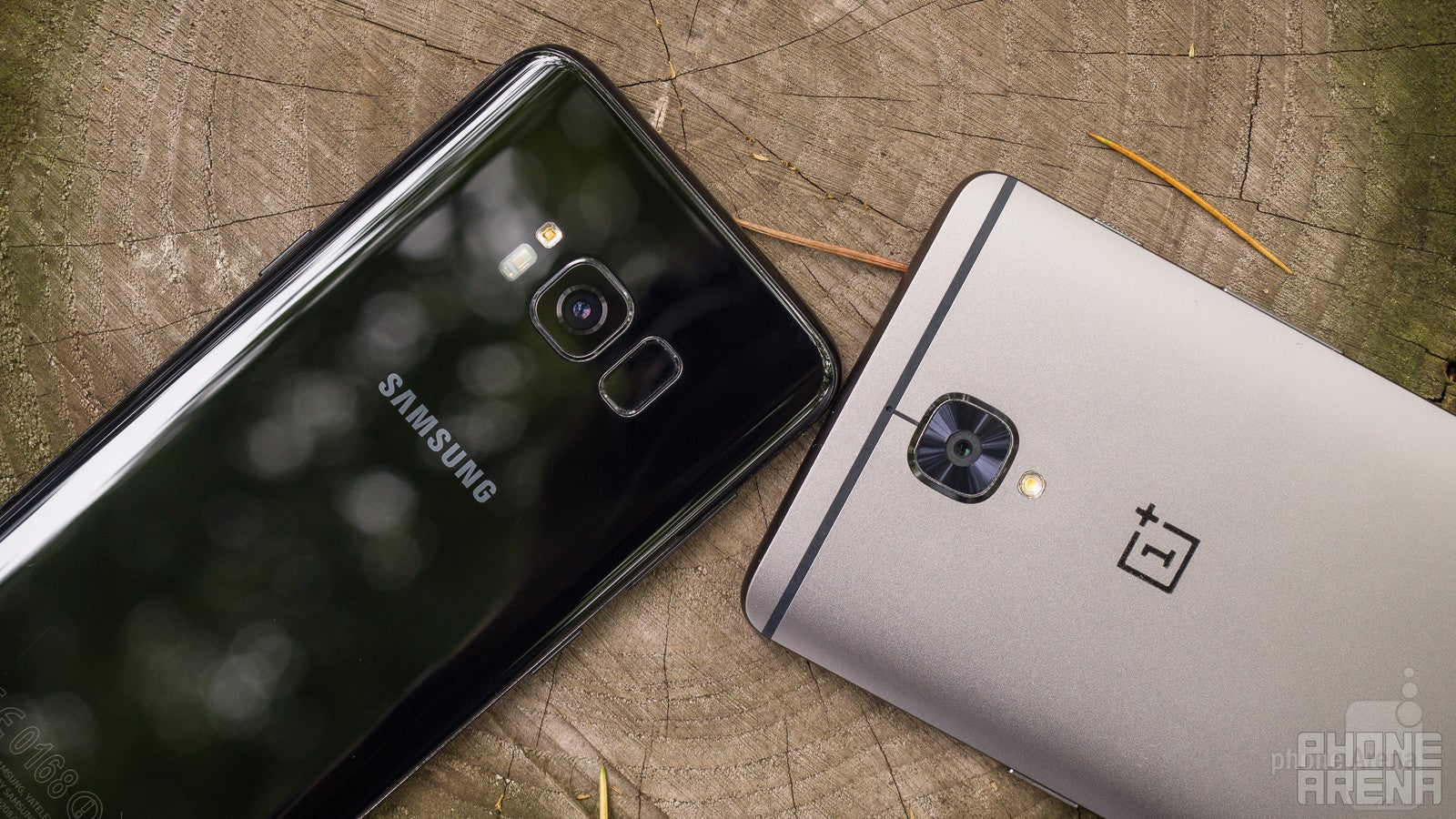
First, we look at specs: we have a 12MP rear camera with f/1.7 lens on the Galaxy S8 and a 16MP f/2.0 rear shooter on the OnePlus. Both rear cameras have optical image stabilization (OIS). Up front, the S8 has an 8MP f/1.7 cam with auto-focus, while the OnePlus features a 16-megapixel f/2.0 front camera.
The camera apps on both phones are clean and simplistic, but we find the one on the Galaxy more intuitive and easier to use. The OnePlus has these hidden menus that are a bit of a pain to get to, while the Galaxy has all essential things within easy reach and we particularly like that you can start recording videos with just one tap, while it takes a few seconds to switch to video mode on the OnePlus.
Both have pro / manual modes, where you can control ISO, focus, shutter speed and white balance, both have slow motion and panoramas, both have time lapse, but the S8 also has a moving time lapse called hyperlapse. The S8 also has the Selective focus tool to blur the background and allow you to select the focus on a picture after you capture it, but it’s too slow for most people to use. The S8 also has a virtual shot, a cool feature that gives you a 360-view of an object.
Image Quality
So which phone takes better pictures?
Here is what we have found: the Galaxy S8 has a more aggressive auto HDR option that kicks in in situations where the OnePlus HDR does not, but it often feels over the top, giving images an artificial, overdone HDR-y flavor. The OnePlus held itself great: it had a very slight disadvantage in terms of being able to capture dynamics (it burned the highlights a bit more), but it consistently captured significantly more detail in pictures and had less of that artificial oversharpening that we see on the S8. It is this big difference in captured detail that definitely puts the OnePlus ahead in good light: images from it just look better.
The front camera on both phones will inevitably be used for selfies, and selfies is what we shot to compare the two. The S8 renders my facial skin unnaturally warm, yellow, as if I was sick of some strange disease, while the OnePlus keeps it all very natural and good looking. Both are similarly sharp, but it is the better color rendition on the OnePlus that makes it stand out. There is one other thing: bokeh! Yes, we don’t know how, but the front cam on the OnePlus captures selfies with a slight, but very welcome bokeh effect that allows the subject to stand out more clearly from the background. These two factors combined, and the OnePlus wins this round as well.
Video quality
Both phones support 4K video and with the surprising results from the still image comparison, we were even more curious to compare video recordings.
The same trends are evident in videos as well: much sharper detail and clearer looking footage from the OnePlus gives it a headstart, but there are additional factors that are of huge importance for video, and those are focusing and stabilization. The Galaxy S8 wins it in both: it has the faster, more stable, less hesitant focus, while the OnePlus focuses fast, but sometimes hunts a bit for focus in low light and does not have that rock solid lock on the focus. Both are not the best in stabilization, but the OnePlus is worse than the S8: its videos are more shaky, while the S8 is able to keep videos more stable and smooth.
So do we have a winner? Given all these added aspects, we’d call it a draw.


Sound quality
You have a single bottom firing loudspeaker on both phones and both sound good. Yep, just good, not great. We find the OnePlus slightly cleaner with less distortion and a better pronounced vocals, while the Samsung is a bit louder, but also with more distorted overall sound.
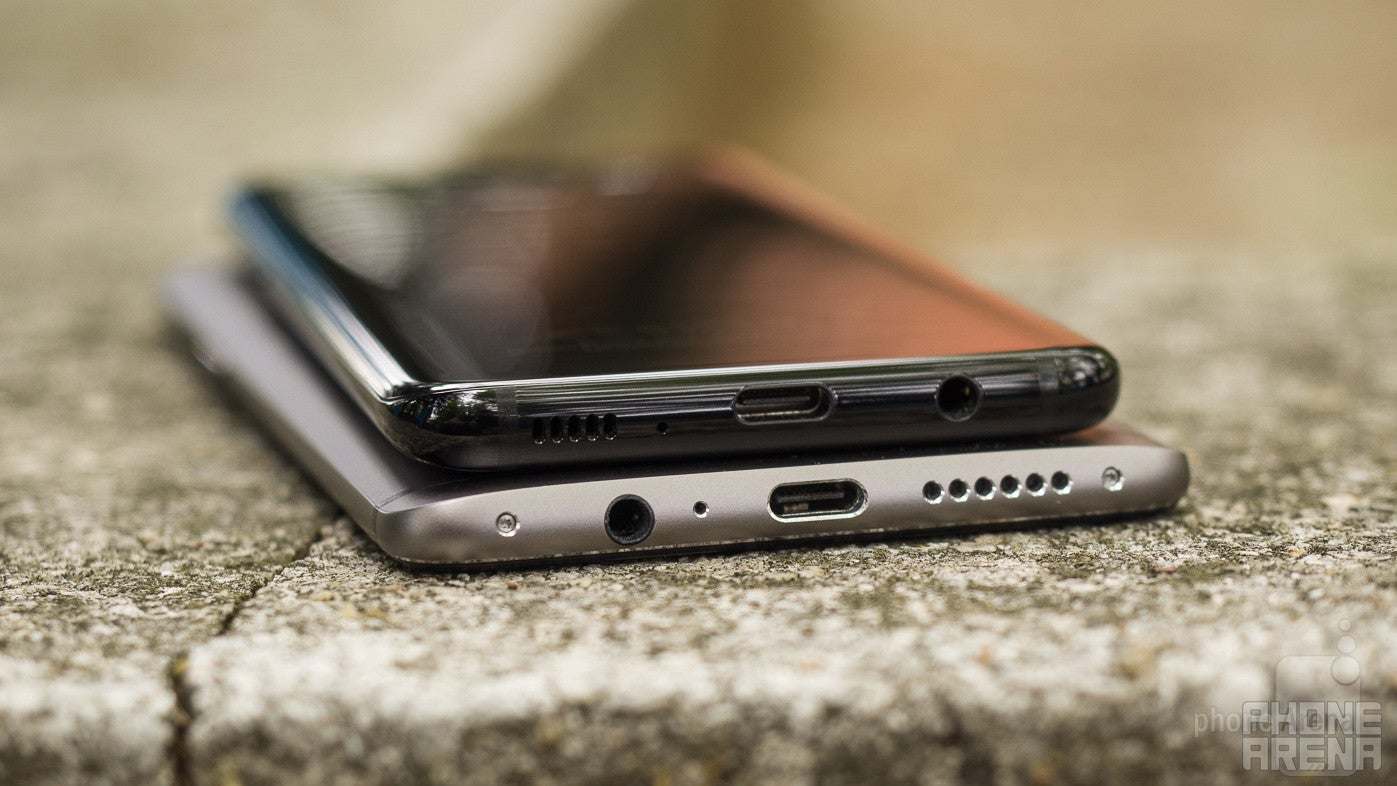
Of course, you have much better quality if you plug a pair of headphones in, and both phones come with a 3.5mm headset jack to do that.
Call Quality

Both phones also support voice over LTE (or VoLTE). Carriers that support this feature will be able to deliver much cleaner and more pleasing audio via the earpiece.
Battery life
Both are solid battery performers that will easily last you a day, but the Galaxy S8 is the one that goes a bit more on top of that.
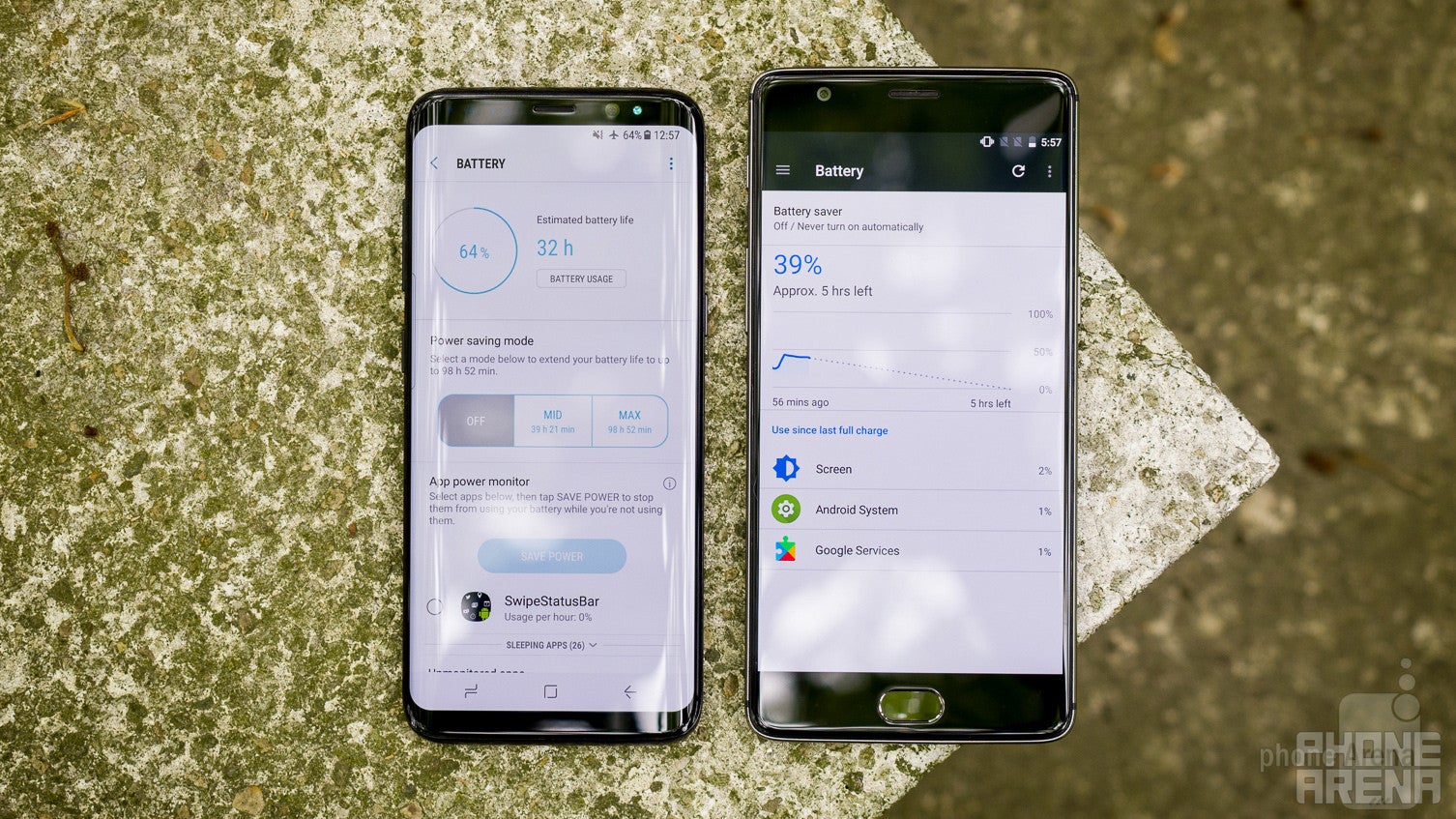
The Galaxy S8 features a 3,000 mAh battery, while the OnePlus runs on a 3,400 mAh cell, but the Galaxy has also got a more power-efficient processor and the latest AMOLED technology, so we were very curious to see which one does better in terms of battery life.
We’ve been using the OnePlus for a few months now and it gets solid battery numbers: it will last even heavier users through a full day, but it’s not quite into two day territory. Put simply, very few phones are, so that’s not necessarily a downside. At the same time, the OnePlus 3T did way below average on our test and this means that its battery does not last long when you use the phone for browsing the web.
The Galaxy S8, on the other hand, delivers very solid battery results all around, in both testing and real life use. We get a day and a half with it on average, and if you are a moderate user, you will be able to go through two days on a single charge. The Galaxy S8 wins in terms of battery life.
Then, both phones also support quick charging: the OnePlus uses its proprietary Dash Charge and is able to fully recharge its battery from 0 to 100% in just 1 hour and 25 minutes. The Galaxy S8, despite its smaller battery, actually takes 1 hour and 40 minutes to go from zero to 100% hero.
Conclusion
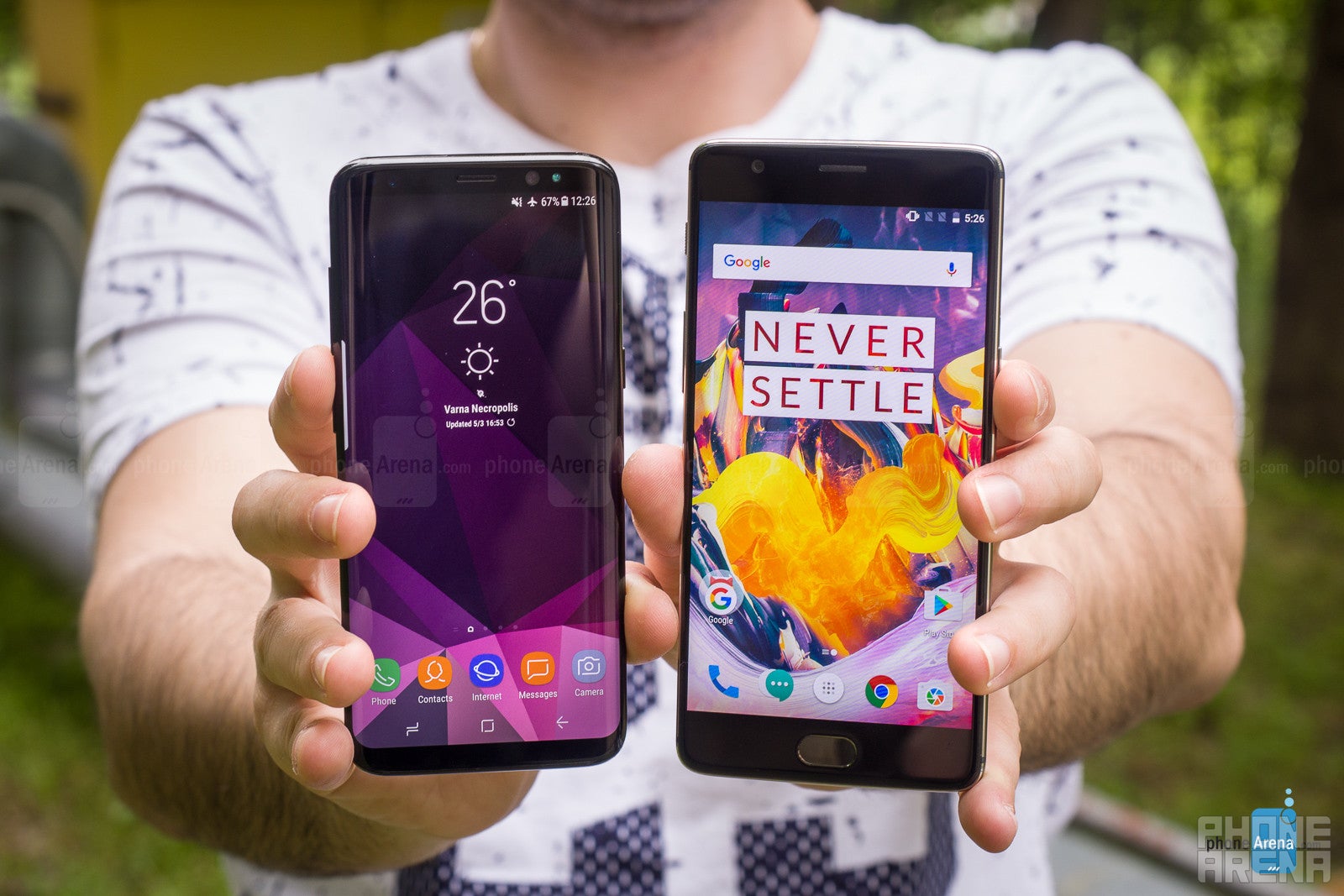
There is one thing that draws a clear line between the Galaxy S8 and the OnePlus 3T, and it’s not the camera, the battery or the software: it’s price.
Put simply, the Galaxy S8 is the much more expensive phone! The full retail price of the S8 is set at $720 in the United States, while the 64 GB OnePlus 3T costs $440 and the 128 GB one is priced at $480. That’s nearly a 50% price premium that you pay for the S8. And the price difference is much bigger in markets outside the U.S.: in Europe, the OnePlus price starts at €440, but the S8 price there is actually €800, nearly double the cost of the OnePlus.
The biggest thing that the OnePlus lacks is the ‘wow’ factor: you pick up the Samsung Galaxy S8 and you see a futuristic display unlike anything that’s been out before. You pick up the OnePlus 3T and you see a very good phone with a very good camera, battery and performance.
The Galaxy S8 design is really something special: it is both the looks, but also the narrower screen that is so much easier to use with one hand that it feels like a 5-inch phone despite the much bigger screen.
For all else that’s worth, these two feel like phones of the same class: the OnePlus has the slightly better camera, while the Galaxy has the better battery life, both are equally fast in terms of daily use. The OnePlus is slippery and not so comfortable to hold due to its bigger size, but the Galaxy has that weirdly positioned finger scanner.
Bixby is a non-factor as it’s not completely out yet and the optional DeX dock isn't good enough to be a desktop replacement, even for lighter users.
So yes, your mind will certainly tell you to save a few bucks and get the OnePlus, but your heart will probably want the Galaxy S8. We usually go with the heart, despite the mind protesting, but it’s up to you to make this choice for yourself.
Samsung Galaxy S8+
Pros
- Industry leading, stylish and sleek design
- Single-hand friendly
- Gorgeous display
- 64 GB of storage + microSD support
- Good camera
- Excellent battery life
- Water-proof
OnePlus 3T
Pros
- Affordable for what it is
- Fast performance
- Extremely fast Dash charging
- No microSD cards, but has 128 GB option
- Great camera
- Good battery life

Follow us on Google News
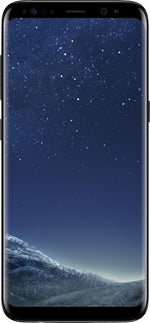
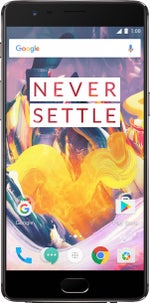









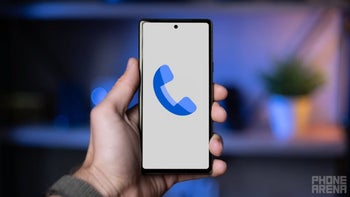
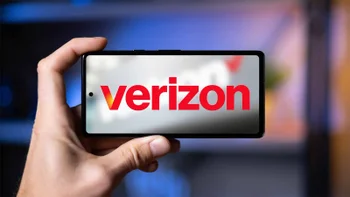
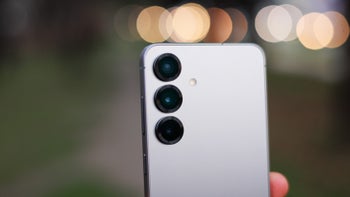
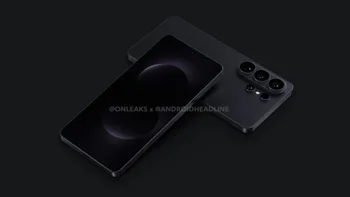
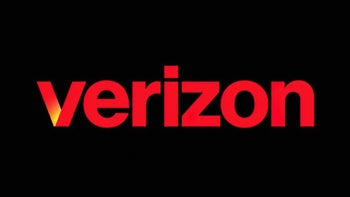

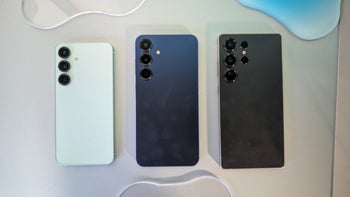
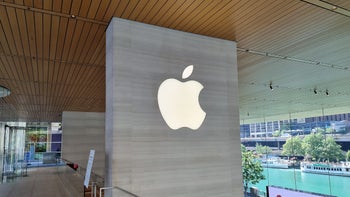
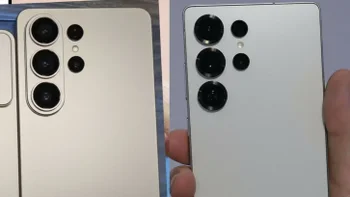
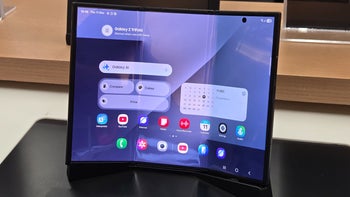
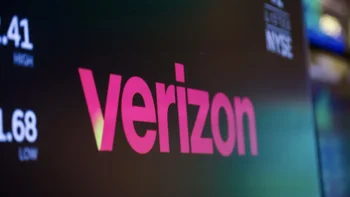
Things that are NOT allowed:
To help keep our community safe and free from spam, we apply temporary limits to newly created accounts: